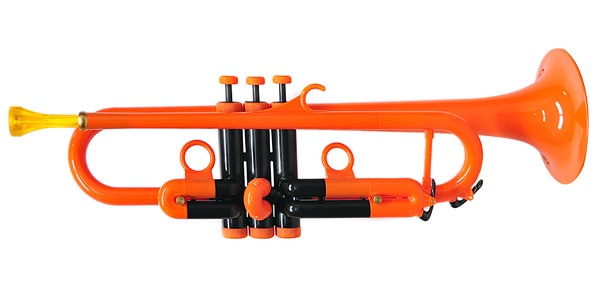
Hello, everyone. When you think of brass instruments, what’s the first instrument that comes to mind? Most people will probably say the trumpet. It’s such a well-known instrument, after all. The trumpet is a central instrument in brass ensembles and wind orchestras, and it’s often referred to as the ‘leading instrument’ of brass music.
The trumpet even appears in the ongoing NHK morning drama Come Come Everybody, which is likely sparking an interest in starting to play for many people.
So today, I’d like to talk about the trumpet in a simple and easy-to-understand way. Let's get started!
The History of the Trumpet
The origins of the trumpet date back to about 2,000 to 3,000 years ago. However, at that time, it was not used as a musical instrument but rather as a tool for signaling or communication over long distances. The shape was far from the current form, and it was a straight pipe made from wood or stems.
As time passed, the trumpet began to be used as a musical instrument around the 14th century. However, without the development of valves (pistons), it was a ‘natural trumpet’, meaning the pitch was changed solely by adjusting the lips.
Around 1810, the valve (piston) system was developed, leading to the trumpet’s modern form.
Trumpet, Cornet, and Flugelhorn
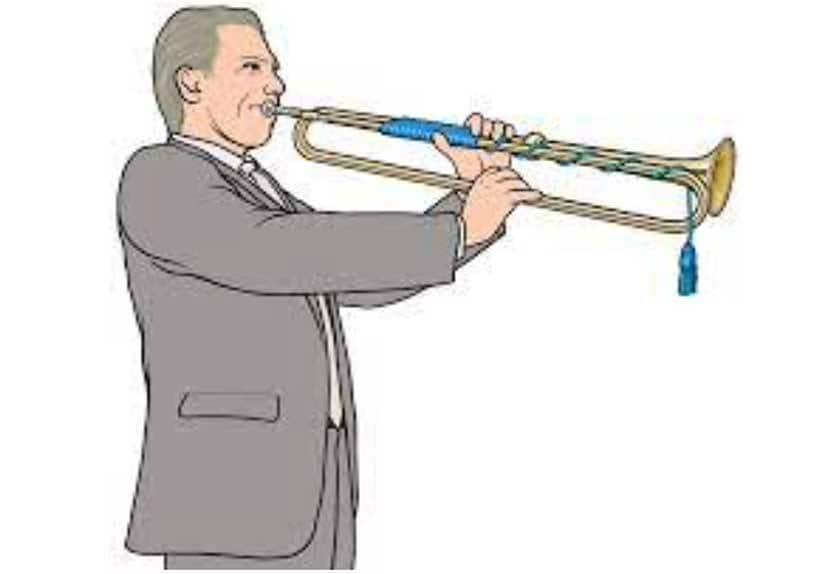
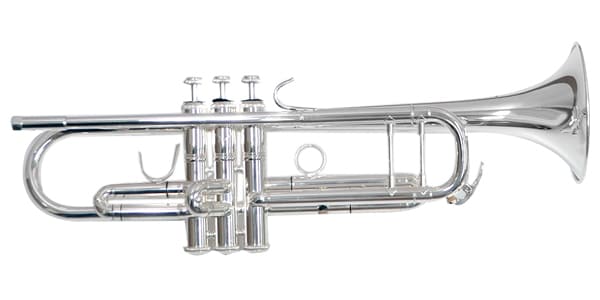
Trumpet
There are two other brass instruments that are quite similar to the trumpet: 2) the cornet and 3) the flugelhorn. At first glance, the differences are not very apparent...
First, let’s look at 2) the cornet.
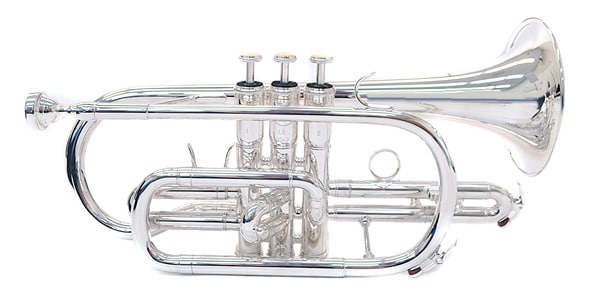
Cornet
Compared to the trumpet, the cornet has a shorter mouthpiece and a rounder, warmer tone with a lighter playing feel.
Trumpet players often switch to the cornet, which is used in modern wind ensembles and British-style brass bands.
*Mouthpiece: The mouthpiece is the part that receives the vibrations from the lips when playing a brass instrument.
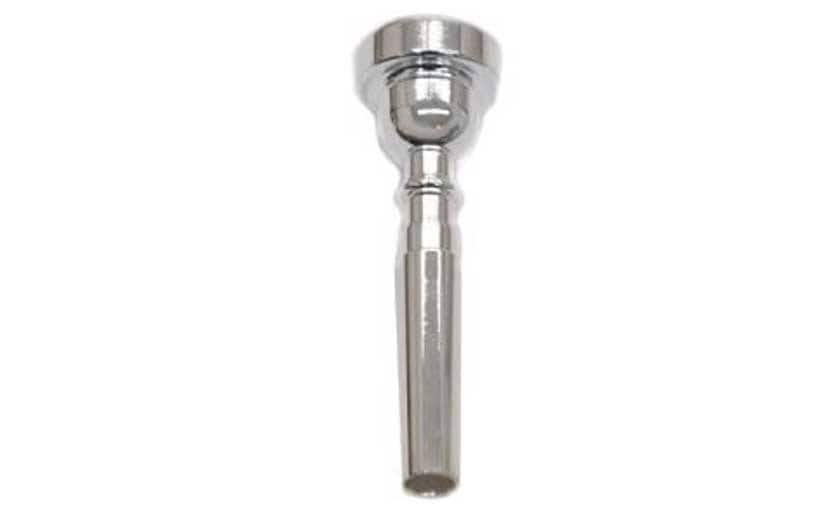
However, when you actually look at it, there is hardly any difference between this instrument and the trumpet...
This is because the cornet was actually developed when the valve (piston) system was created in order to test its usefulness (later, valves were also added to the trumpet).
Next, we have 3) the flugelhorn.
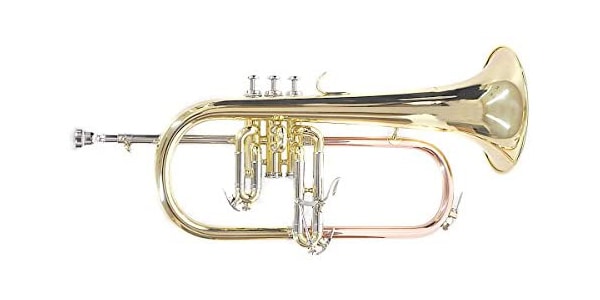
Flugelhorn
‘Flügel’ in German means ‘wing’. The flugelhorn uses a larger mouthpiece than the previous two instruments, allowing it to produce lower notes with a thick, soft, and dark tone. Some flugelhorns have four valves. Similar to the cornet, trumpet players often switch to the flugelhorn, and it’s commonly used in wind ensembles and British-style brass bands. The flugelhorn often takes on the role of stylish solos in wind ensembles.
Trumpet Features in Music
1. Modest Mussorgsky (arranged by Maurice Ravel) - Pictures at an Exhibition “Promenade”
This is an iconic piece in classical music where the trumpet can't be overlooked. The piece begins with a brilliant trumpet solo. This is a melody you’ve probably heard many times, and it’s often thought of as the quintessential trumpet tune.
YouTube: https://www.youtube.com/watch?v=Sq7Qd9PSmR0
2. Gustav Mahler - Symphony No. 5, 1st Movement
Next, we have another classical piece. This might be a bit more obscure, but the opening of this monumental symphony, which is about 80 minutes long, also starts with a trumpet solo. Personally, I think this is the solo that captures the essence of the trumpet the most. It gives you the feeling of “something great is about to begin.”
(Conducted by Andrés Orozco-Estrada, performed by the Frankfurt Radio Symphony)3. Star Trek Theme
Next, we have a theme from a movie. It’s the theme from the sci-fi series Star Trek, though I’m sure many people associate it more with the Japanese quiz show America’s Cross-Country Ultra Quiz. This piece, which is still loved in concert band settings, features a very striking trumpet melody. The brilliant trumpet evokes the feeling of something grand about to begin.
(Concert Band Version)4. Koichi Kawabe - “A Benchmark for Advanced Technique”
Finally, one from the concert band repertoire. This piece was the set piece for the 1974 All Japan Band Competition. Although set pieces might have a formal image, this one incorporates various pop styles and is frequently performed at concerts.
The piece opens with a relentless series of rapid trumpet figures, and while the difficulty level is extremely high, it is a rewarding piece to listen to.
Besides these, there are countless other pieces like the “Star Wars Main Theme” and “The Trumpeter’s Holiday”. You might not even realize that the sound of the trumpet is used in many of the songs you listen to regularly.
Easily Accessible PLAYTECH Series
One of the obstacles to starting the trumpet is the price. The general image of musical instruments is that “if you want a good one, it’ll be expensive,” so even if you want to start, it can feel difficult to do so casually.
However, with Sound House’s original brand PLAYTECH, there are many instruments available at affordable prices that are more than sufficient to start with. The lineup includes not only metal instruments but also plastic ones. In addition to trumpets, they also offer cornet and flugelhorn models, which I mentioned earlier.
Be sure to check them out!
Conclusion
So, I hope this has given you a basic understanding of the trumpet. If you’re even a little bit interested, why not take this opportunity to start learning an instrument? Playing an instrument really enriches your life. What once seemed like something to admire from afar is now something you can easily start today. I encourage you to give it a try. It would make me happy if I could help even a little. Thank you very much!
The “sound & person” column is made up of contributions from you.
For details about contributing, click here.











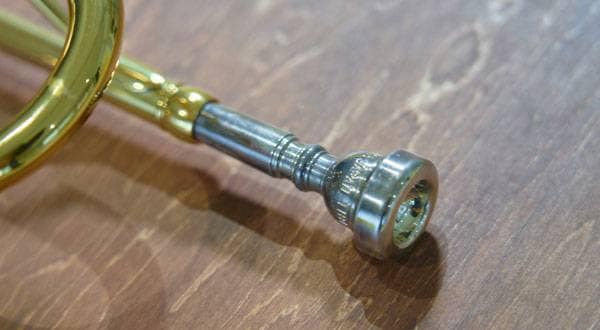
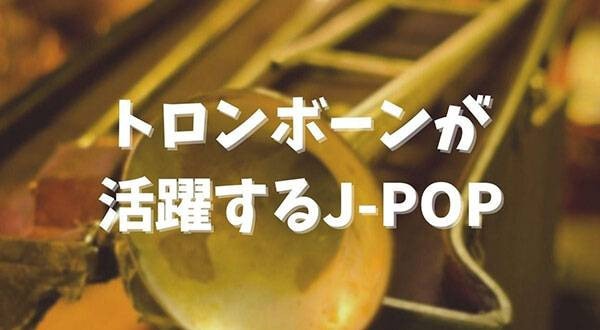
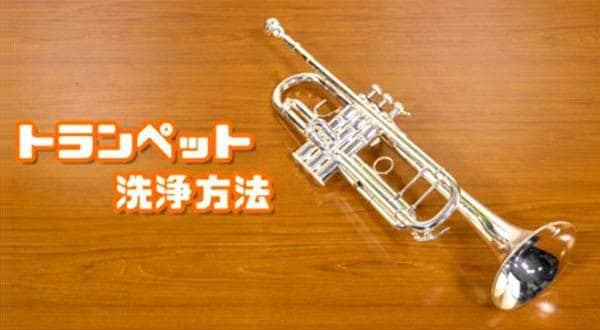
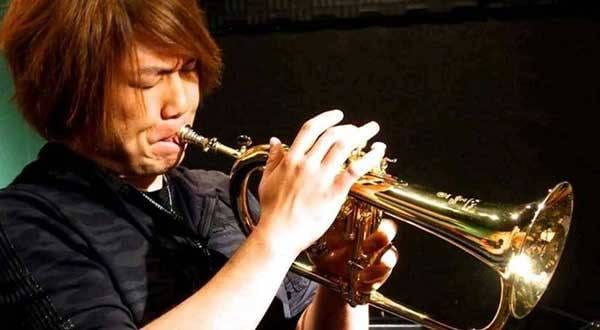
![[Review] The plastic trumpet PTTR100 series has been renewed](/contents/uploads/thumbs/2/2020/2/20200205_2_9162_1.jpg)
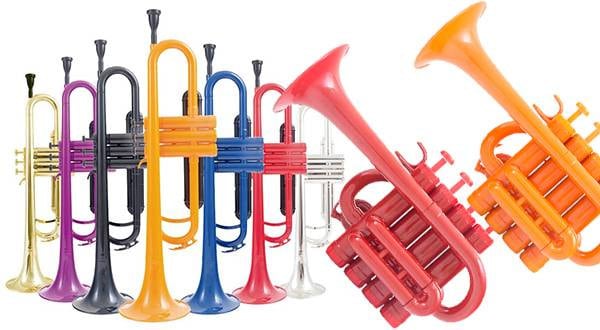
 ハーモニカスタートガイド
ハーモニカスタートガイド
 プラスチック管楽器特集
プラスチック管楽器特集
 デジタル管楽器とは
デジタル管楽器とは
 PLAYTECH 管楽器特集
PLAYTECH 管楽器特集
 バイオリンの基本的な取り扱い
バイオリンの基本的な取り扱い
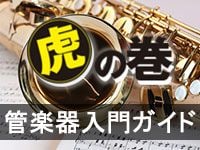 サウンドハウス虎の巻 管楽器入門ガイド
サウンドハウス虎の巻 管楽器入門ガイド















